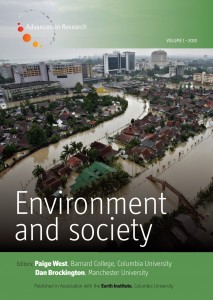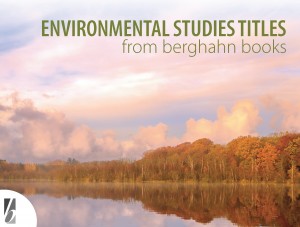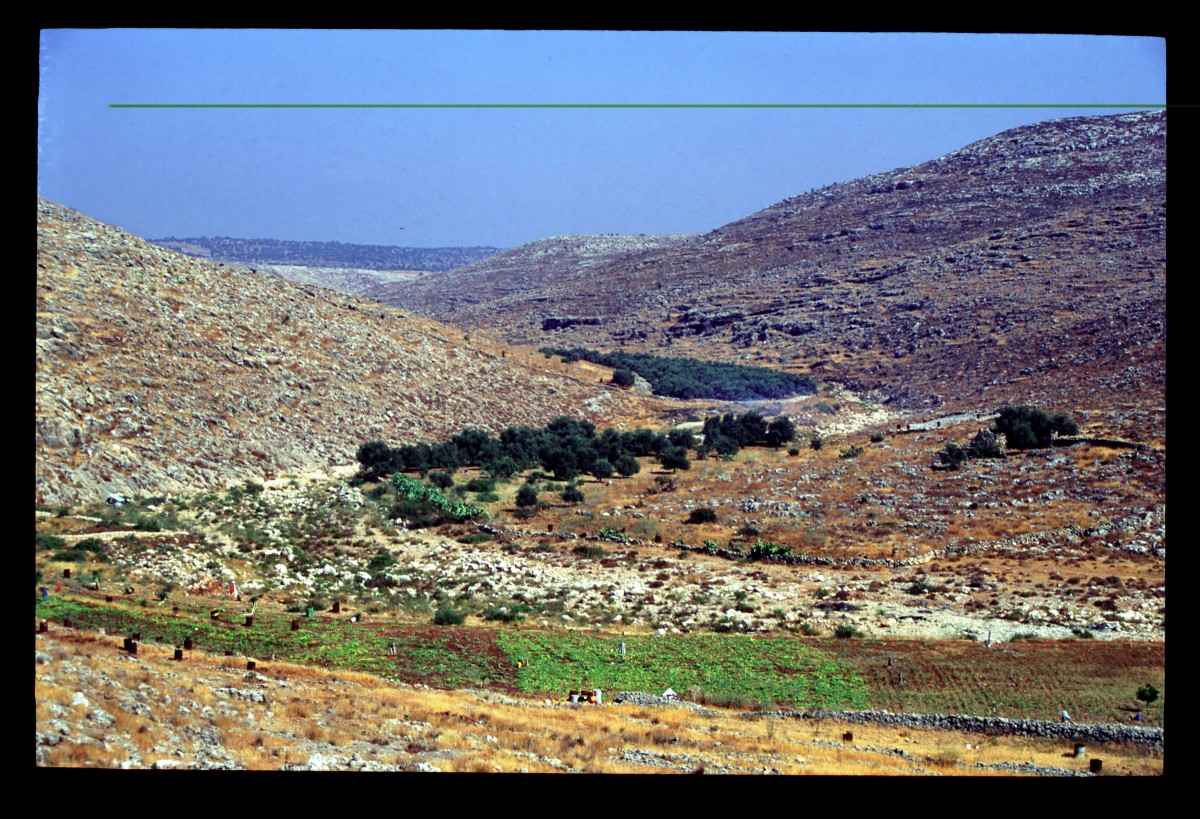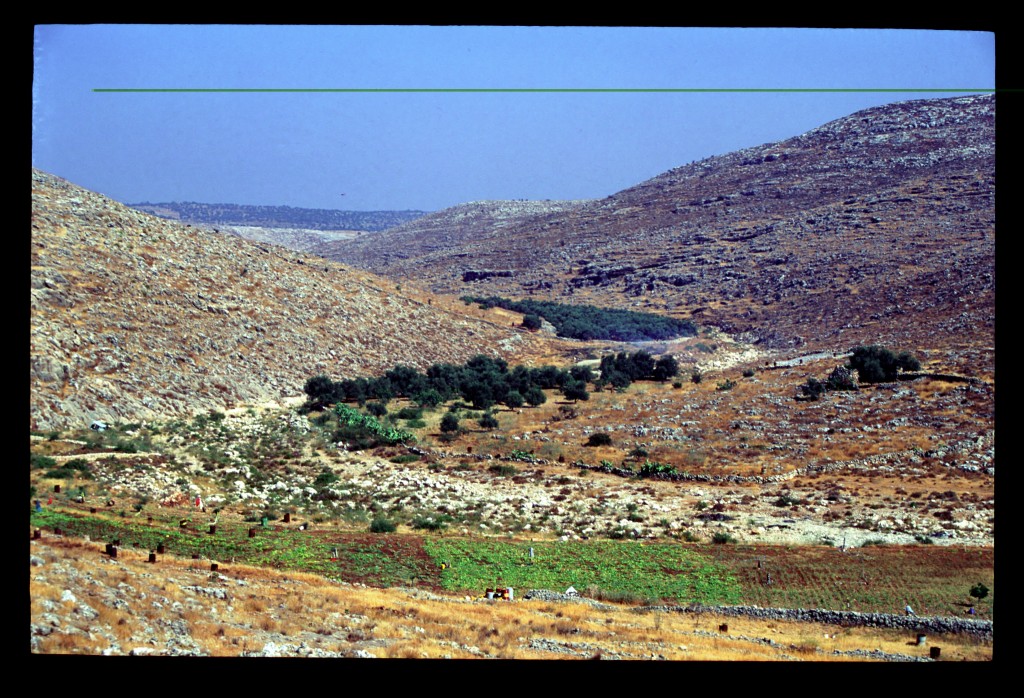
In celebration of World Environment Day, Berghahn Journals is delighted to offer free access to a virtual journal issue of Environment and Society: Advances in Research, Volume 1. And don’t forget that Berghahn Books is also offering a 25% discount on all Environmental Studies titles for the next 30 days. At checkout, simply enter the code WED15.
As always, EnviroSociety offers free access to all five volumes’ introductions, which are available as PDF downloads on the site’s Journal page, as well as access to a new featured article every month. This month’s article, “Fair Trade and Fair Trade Certification of Food and Agricultural Commodities: Promises, Pitfalls, and Possibilities” (Volume 2, 2011) by Debarati Sen and Sarasij Majumder, features stunning new photos of fair trade–related women’s activities in Darjeeling and further reading on related topics from the authors. Download a free PDF of the article here.
Happy World Environment Day!


